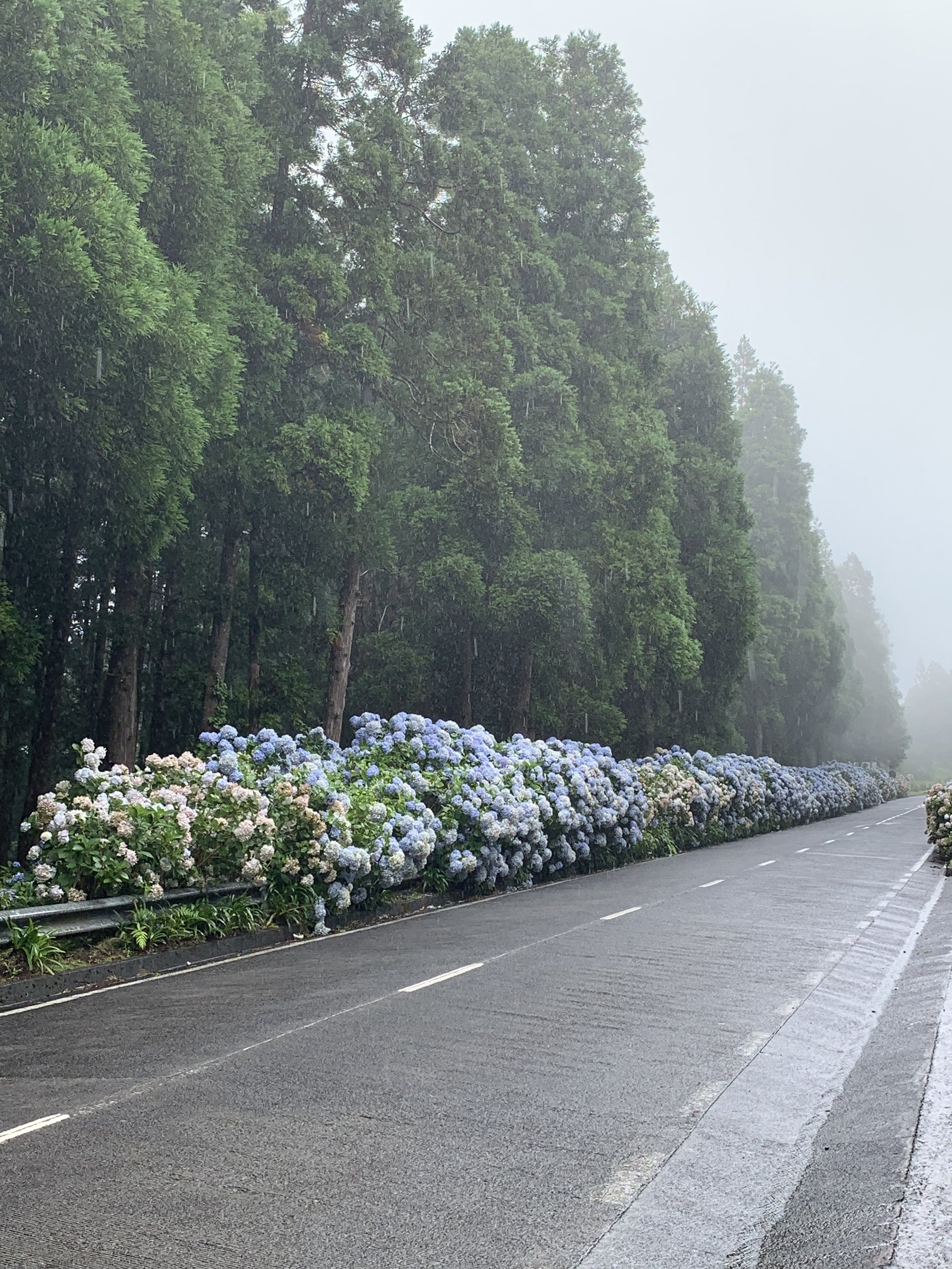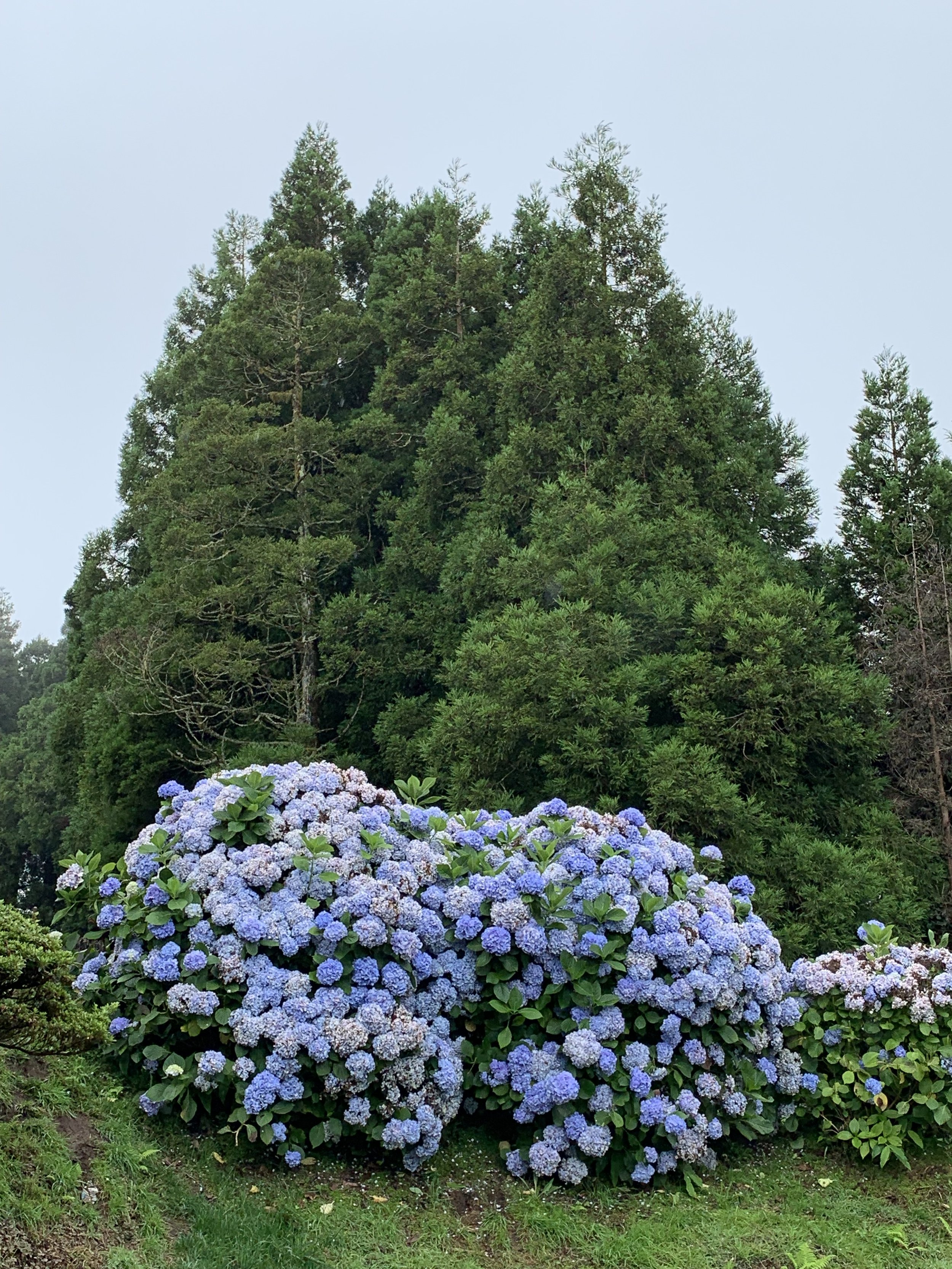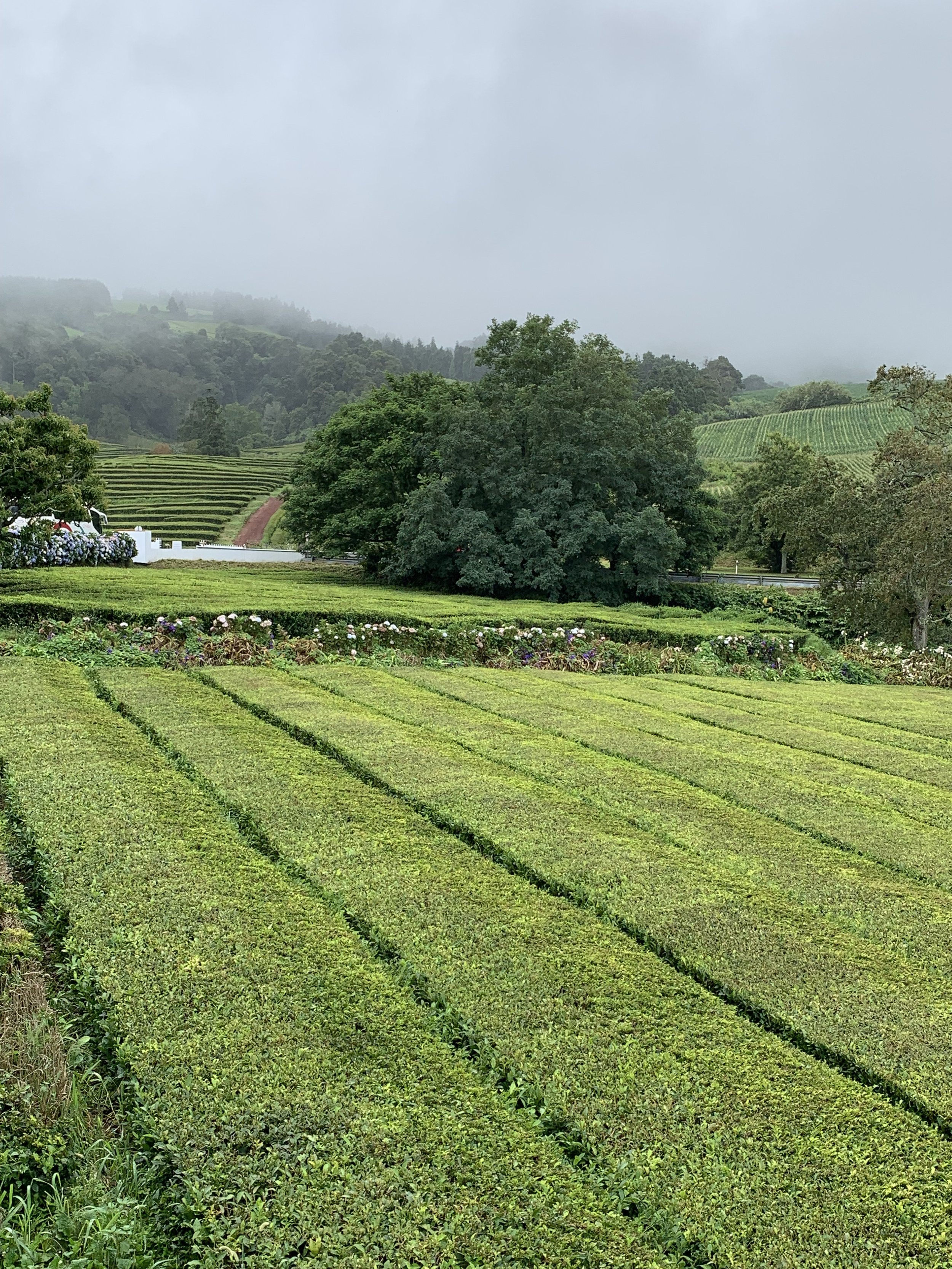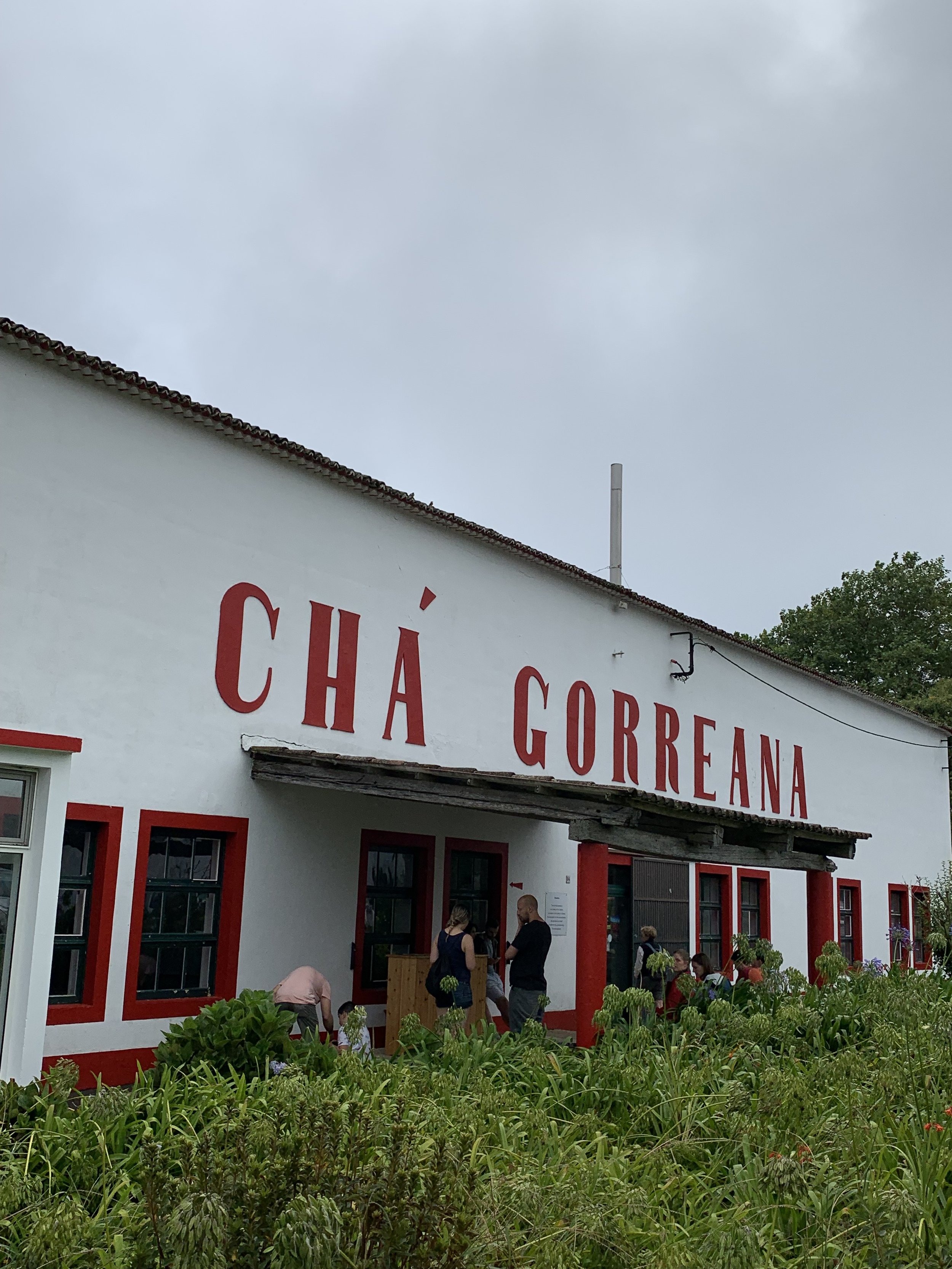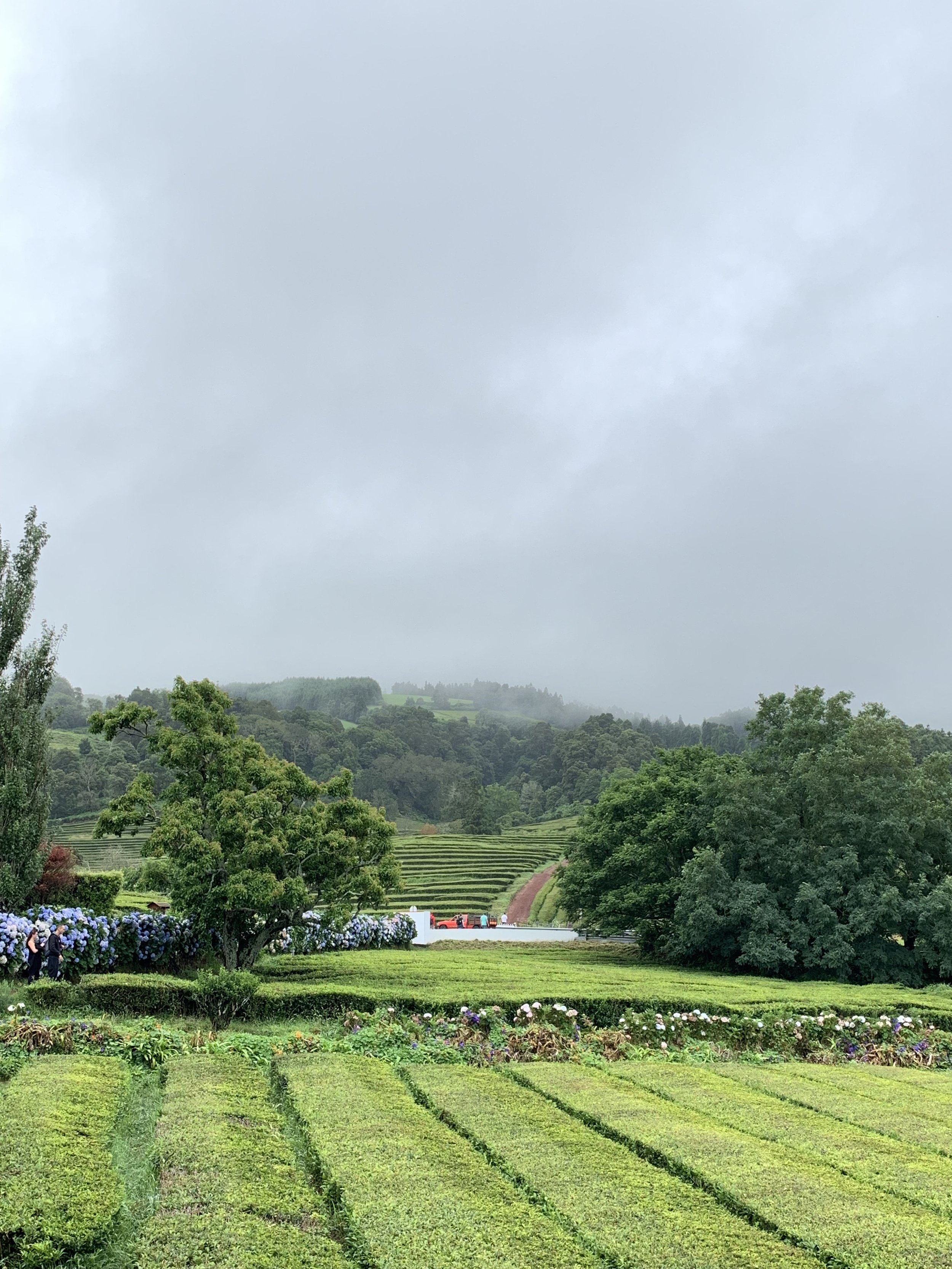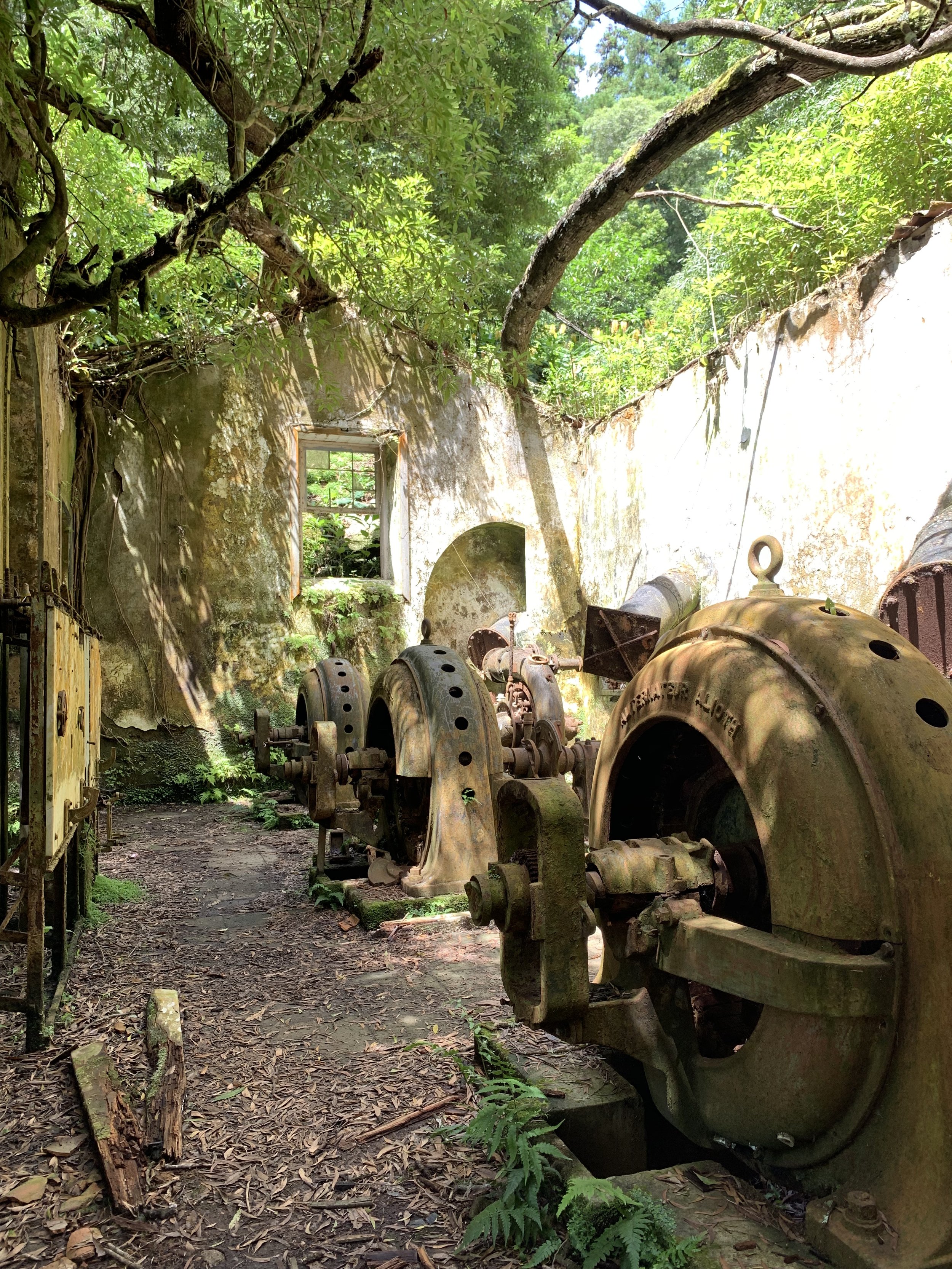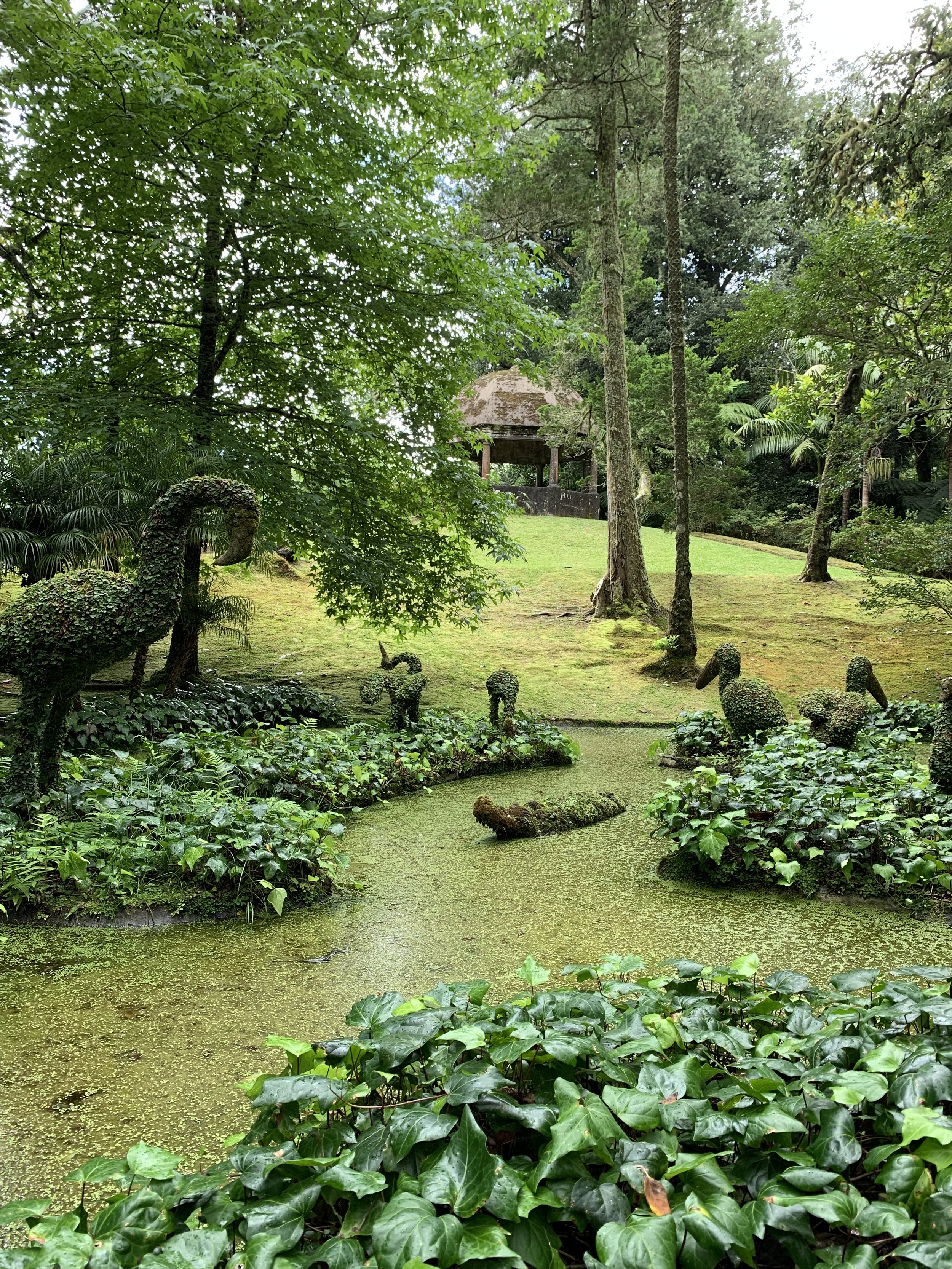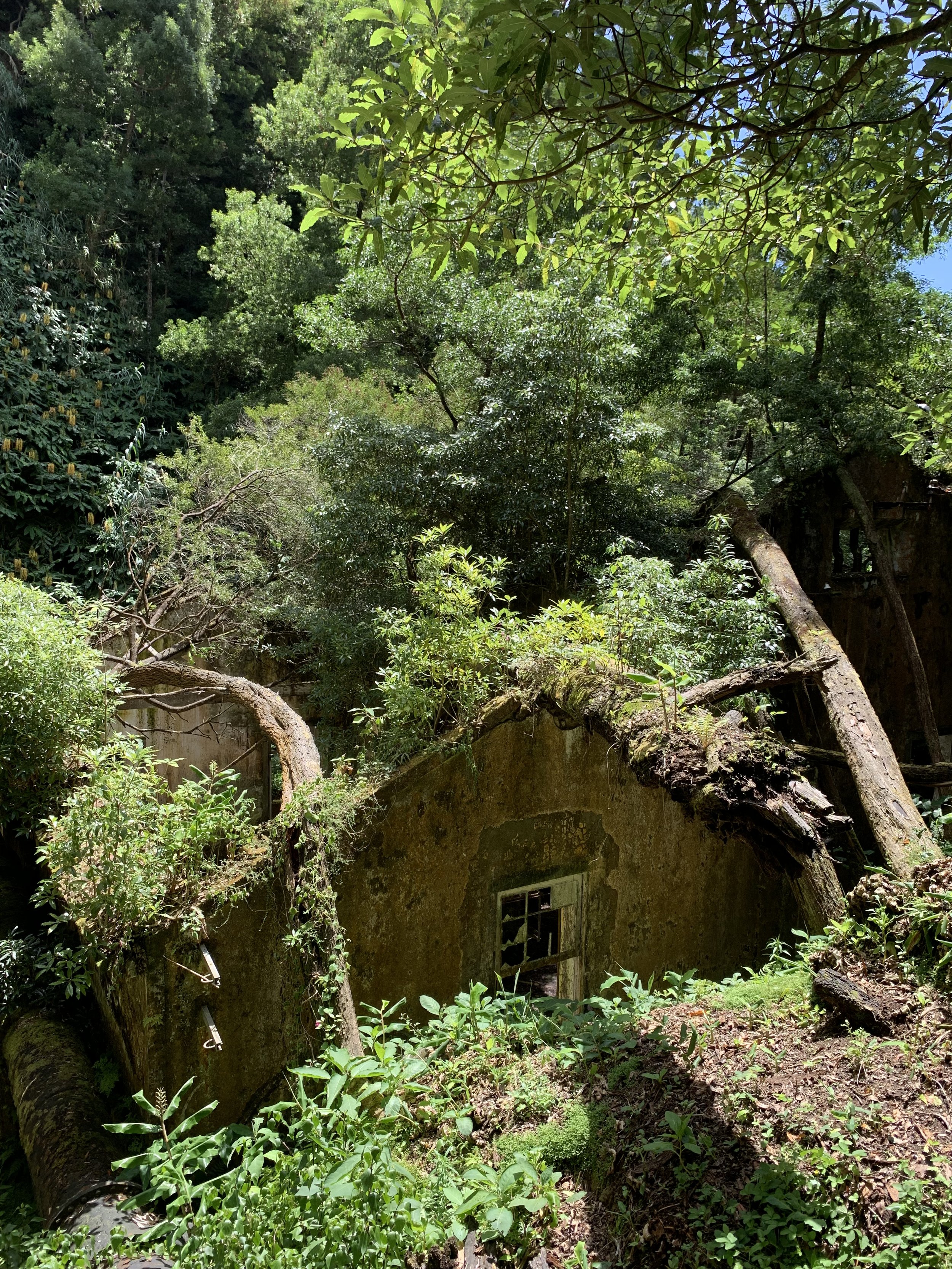The Azores
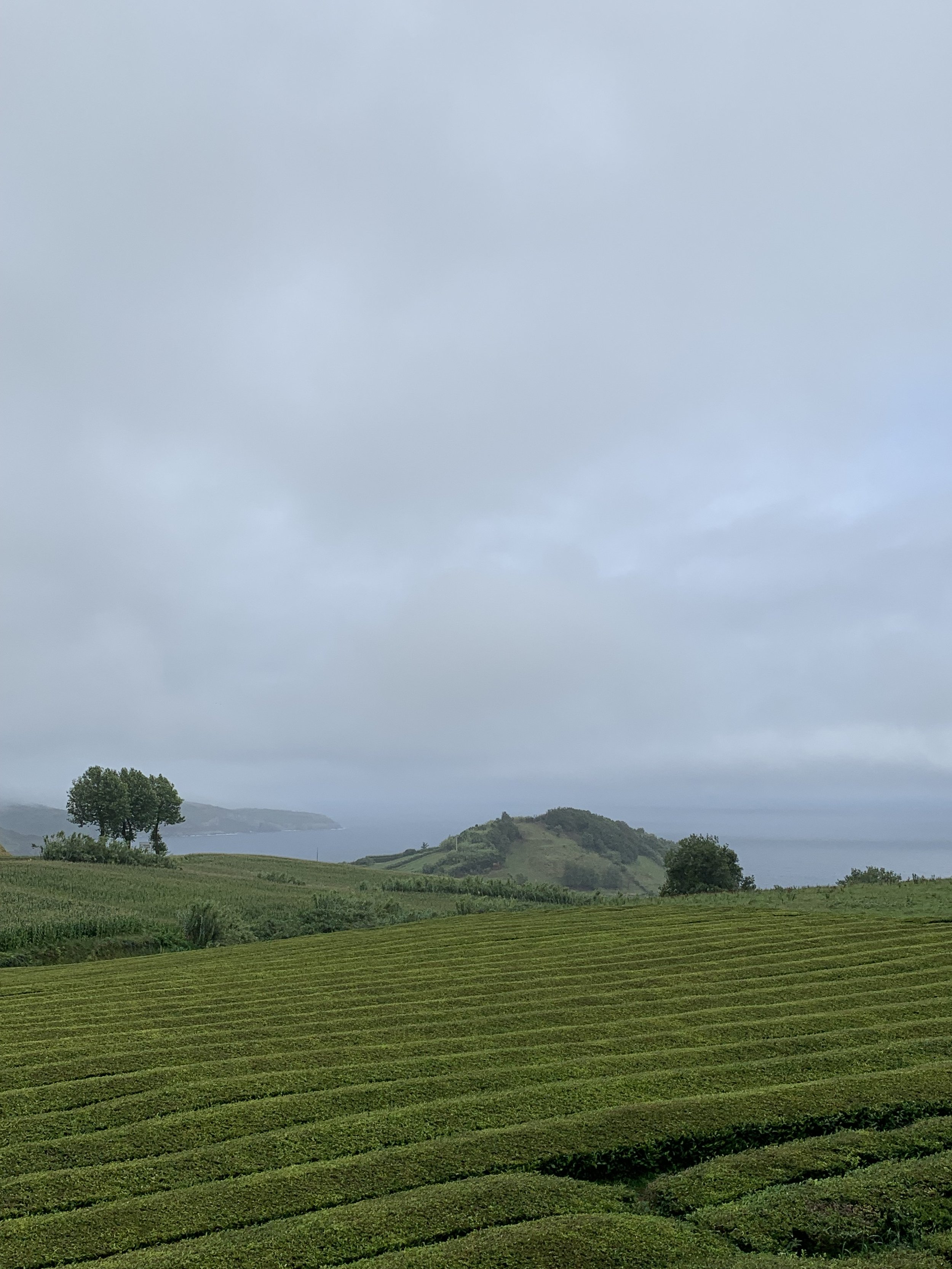
In the middle of the Atlantic Ocean lies one of Europe’s best-kept secrets, a cluster of nine islands separated from the Portuguese mainland by miles of rolling turquoise waves. This autonomous region of Portugal, known as the Azores, is covered in greenery and steeped in a rich history that many tourists have yet to discover. Upon stepping off the plane onto São Miguel, the largest of the Azores’ islands, I found myself enveloped in sweet, dewy air, unlike anything I had experienced before.
As I began to explore São Miguel, this sweet smell grew stronger with every step, the source finally revealing itself when I turned onto a road lined by thousands of hydrangeas. The island is home to an abundance of these flowers, creating a multicolor, pastel tapestry across the landscape.
São Miguel is also home to Chá Gorreana, the oldest, and now only, tea plantation in Europe. Chá Gorreana continues to produce tea by artisan methods and takes great care that its land remains unmarred by pollutants. In the Azores, nature is sacred – something to be preserved rather than exploited.
It is this unity of nature and humanity that gives the Azores its magical quality. Filled with structures that complement plant and animal life, the Azores serve as a monument of sorts to the natural world, reminding us that we can exist harmoniously alongside the plants, waters, and creatures with which we share our planet.

